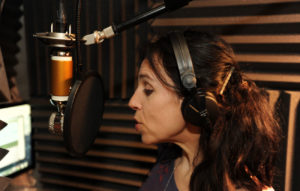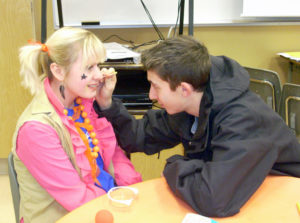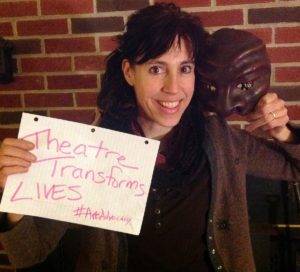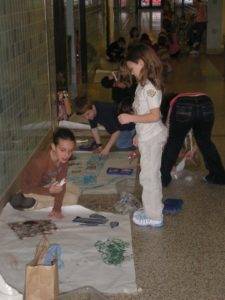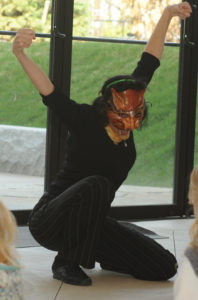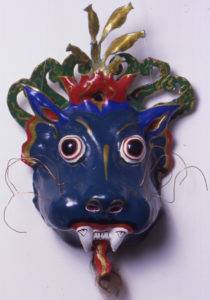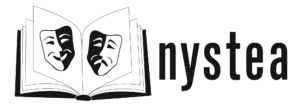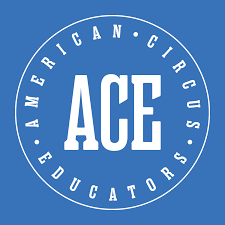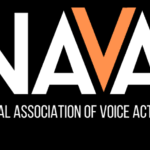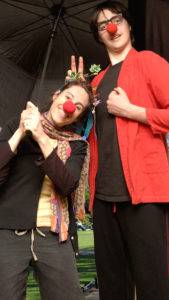
Workshop Openers: connecting to the self and others using movement
A colleague recently asked me for some opening exercises to do with a clown class. The class would include folks with a variety of challenges, from the usual “I don’t like being vulnerable with other people” to learning challenges to challenges that accompany Down Syndrome. What an AWESOME question and AMAZING project! There are sooooo many terrific clown activities to use and do—it’s an ancient, myriad, mulitplexed art form. Even its practice in a workshop setting can change how one feels in the world. I have included below ‘openers’ that are great for many workshops—not just clowning, not just theatre.
